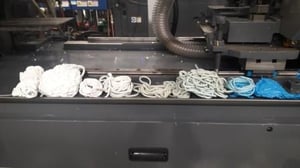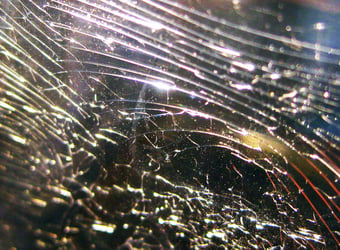
The process of plastic resin becoming a final product is something that happens every second of every day around the world. The plastic market is huge with over 500 billion dollars a year worldwide. Knowing how a plastic part is made is critical in breaking into this market and advancing your company. Today you will read the five steps that plastic resin goes through to make a final part.
1.) Melting
Melting occurs when the resin is added to the hopper and goes through the screw and barrel. Material is melted by shear and heat; the flights on the screw mix the material causing shear to occur and heat comes from heater bands on the barrel. Material must go through all three sections of the screw to ensure the resin is heated to the correct temperature for molding.
2.) Conveying and 3.) Shaping
Conveying is when material goes from the screw into the mold through the runner and gates. Shaping occurs once material goes through the gate into the mold. Pressure and time are in key factors that contribute to shaping the final product.
4.) Cooling
Cooling occurs once the part has been shaped. Once the part has encountered pressure and is molded into the correct shape it can begin cooling. Cooling is done by time; the time is takes for a part to cool depends on the size and shape of the product.
5.) Part Removal
The last step a part goes through is Part Removal or ejection. A part is ejected from the mold by ejector pins. The number of ejector pins depends on the part geometry and size. Once the parts are ejected, they are either put into shipping container or set aside for assembly.
Once the run is done, you are switching to a different color and material. You should run some commercial purging compound through your machine’s screw and barrel to ensure a fast and effective start up. Picking the correct purging compound is not hard, you should contact your local Asaclean Technical service representative for the best compound.
Ready to reduce your production downtime to protect your profits? Learn more about how purging compounds and process efficiency work in tandem.







Comments